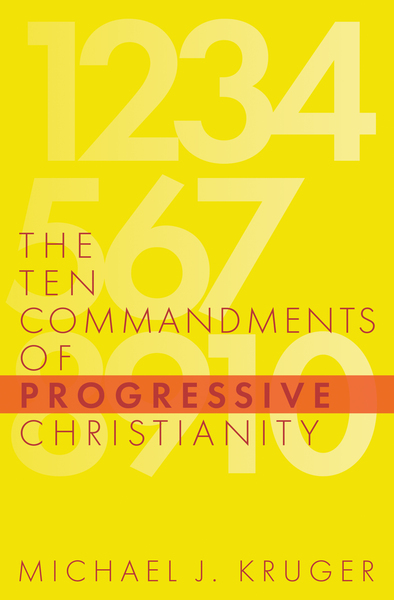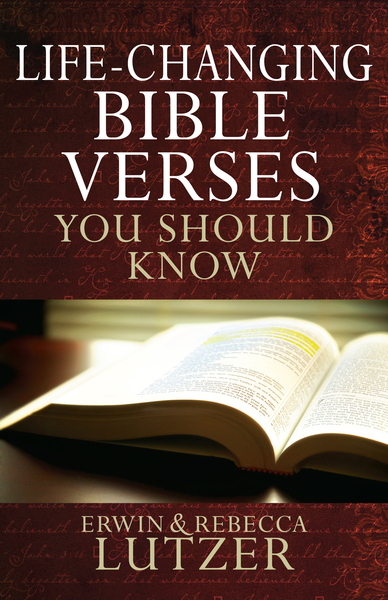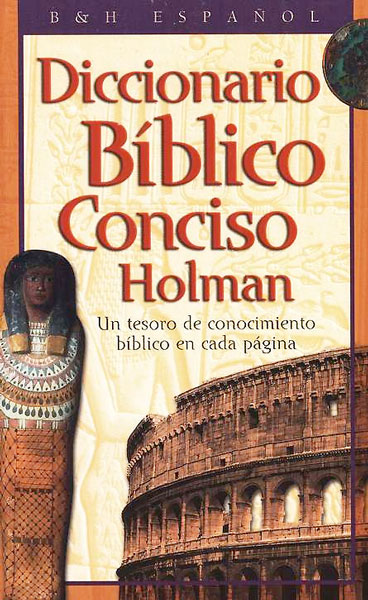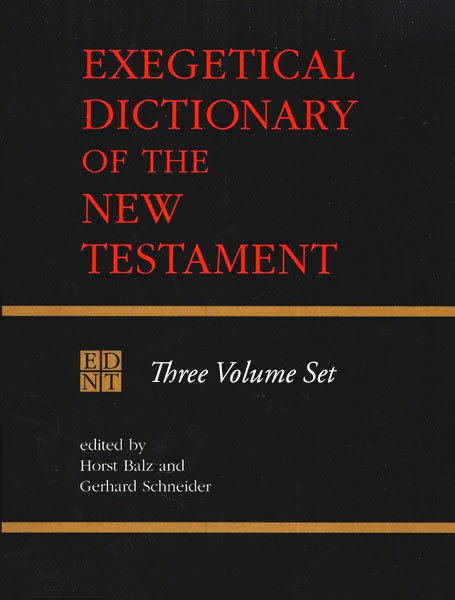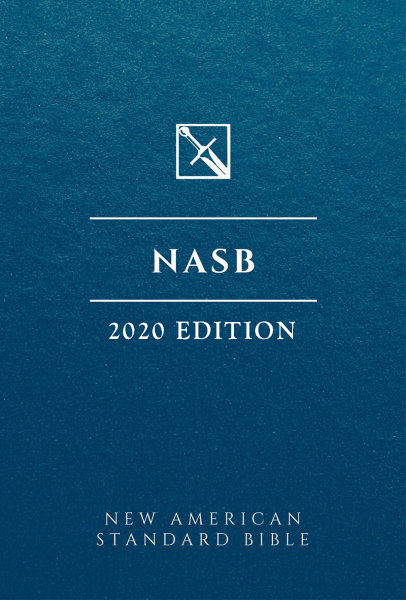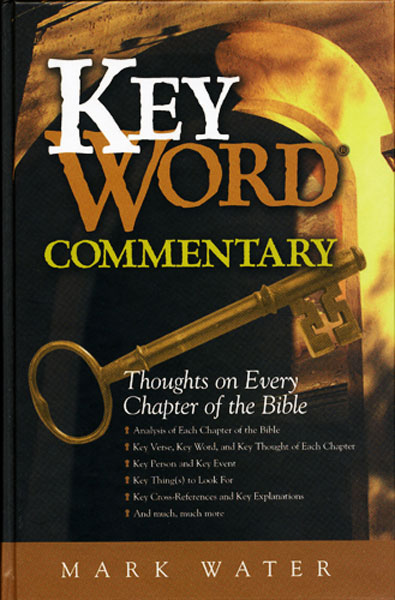

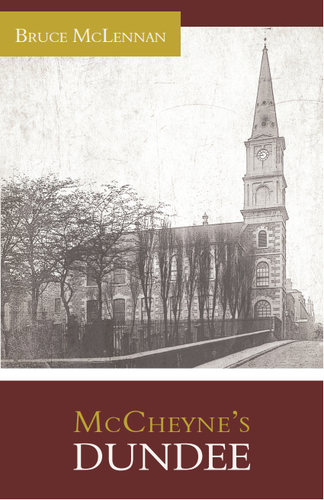
McCheyne’s Dundee

McCheyne’s Dundee
In the mid-nineteenth century, Dundee was gradually establishing itself as Scotland’s third-largest city, with a rapidly expanding economy. What most attracted observers’ attention, however, was the religious revival that began in the Fall of 1839 under the leadership of two relatively young and inexperienced ministers, Robert Murray McCheyne (1813–1843) and William Chalmers Burns (1815–1868).
In McCheyne’s Dundee, historian Bruce McLennan ably traces the story of revival in this industrial Scottish seaport. After looking at the social and economic conditions of the city, as well as the significant religious issues of the day, he then considers McCheyne and Burns—their backgrounds, their brief ministries in Dundee, and their impact as God’s instruments of great spiritual blessing to the people of that city. McLennan concludes with an analysis of the reactions to the revival—both approbation and opposition— and the awakening’s long-term effects, which could still be seen a generation later.
Table of Contents:
1. Dundee in the 1830s and 1840s
2. Two Background Religious Issues of the Times
3. Breaking Up the Fallow Ground: McCheyne’s Early Years in Dundee, Preparing for Revival
4. “That Memorable Field”: Burns’s Seven Months in Dundee
5. McCheyne’s Last Years in Dundee: Continuing Evidence of Revival
6. McCheyne and the Lambs
7. Responses to the Revival: Opposition and Approbation
8. Aftermath




